I'm having this disagreement with a good friend of mine regarding charging voltage of the cells inside modern smartphones when quick charge, USB PPS and other techniques are used.
Let's take as an example Samsung's S21.
In my opinion, since its using PPS, the device and charger are regulating either the voltage or current (or both) for different charging phases, which in fact allows the 4.2Vmax cell to be charged with 9V/1.67A.
In my friend's opinion, he insists that the cell cannot be charged with actual 9V at any given moment or the battery will explode. He insists that there is not a single regular smartphone cell which could be charged with over 5V, with each smartphone having some sort of module that will always prevent the cell from charging the cell with more than 5V.
Which theory is correct? I've scoured the Internet back and forth and I couldn't find a definitive, clear answer.
Are smartphone cells actually being charged (even for a moment) with more than 5V or are they actually never charged with more than 5V?
Keep in mind that I'm writing this question here not to prove who's right or wrong, but so both of us would have a better understanding of the modern charging techniques.


